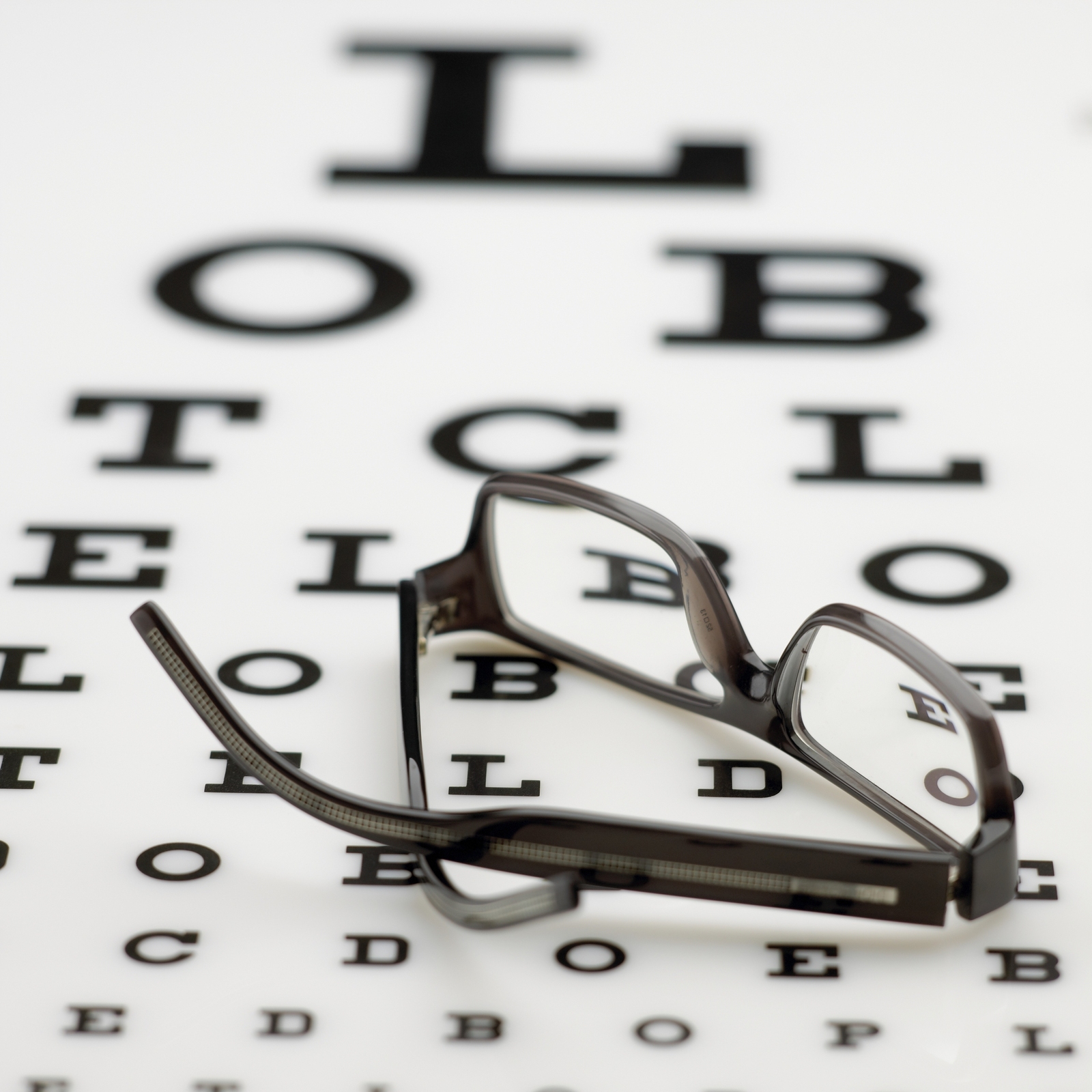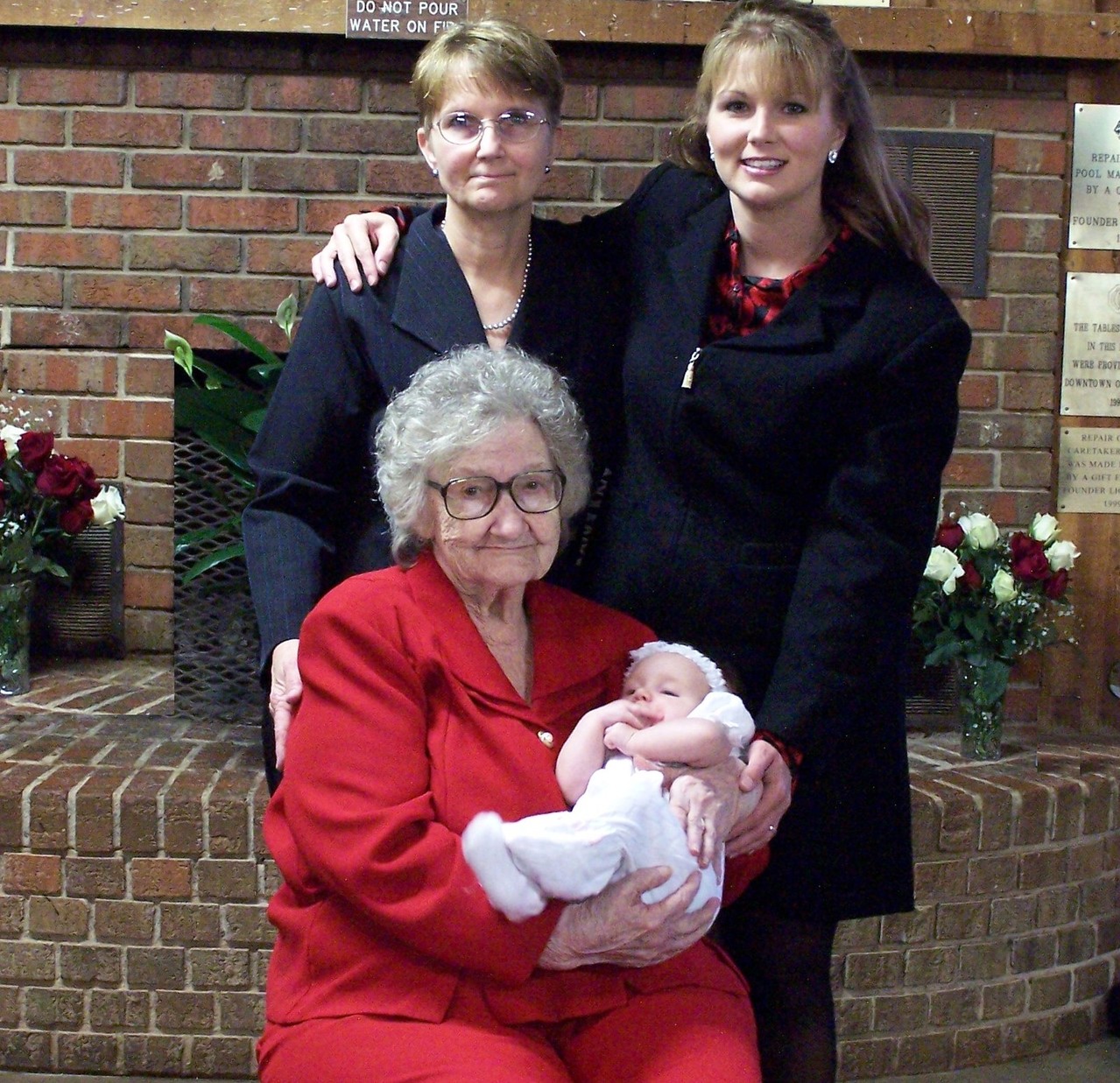According to a new study published by the CDC, confirms a link between poor vision and falls among seniors.
CDC investigator John Crews and his colleagues conducted the study and found that about 28 percent of seniors without eyesight issues experienced at least one fall. That number is increased to 47 percent for those who suffer from severe vision impairment.
While other health issues also contribute to fall risk, the study shows the importance of regular vision exams and corrective action.
It’s also important to make sure your home is free of other fall risks. Here are some things you can do to reduce your risk of falling in your home:
- Remove or secure anything that could cause you to trip. Avoid leaving clutter on the floors or stairs. Ensure that electrical and phone cords aren’t stretched across walkways or that they are secured in some way.
- Install handrails and lights on all staircases. Place non-slip strips on stairs.
- Make sure that carpets are secured to the floor. Choose rugs with non-slip backing or use double-sided tape to help keep them from slipping.
- Place everyday items in an easily accessible place so you don’t need to climb on a step stool or chair to access them.
- Make your bathroom fall resistant. Use non-slip mats inside the bathtub or shower. Use rugs with non-slip backing in your bathroom. Consider installing handrails in your tub or shower.
- Make sure your home is well-lit. Often, we need brighter light to see well as we get older.
- Wear shoes both inside and outside the house. Avoid walking around in socks or going barefoot.
- Make sure any wet spills are cleaned up promptly. Don’t walk on freshly mopped areas.
- Avoid going out in ice or snow. See if a neighbor, friend or family member can help with shoveling walks or putting salt down on icy surfaces for you.
- Keep a flashlight near your bedside in case the power goes out and you need to get up.



